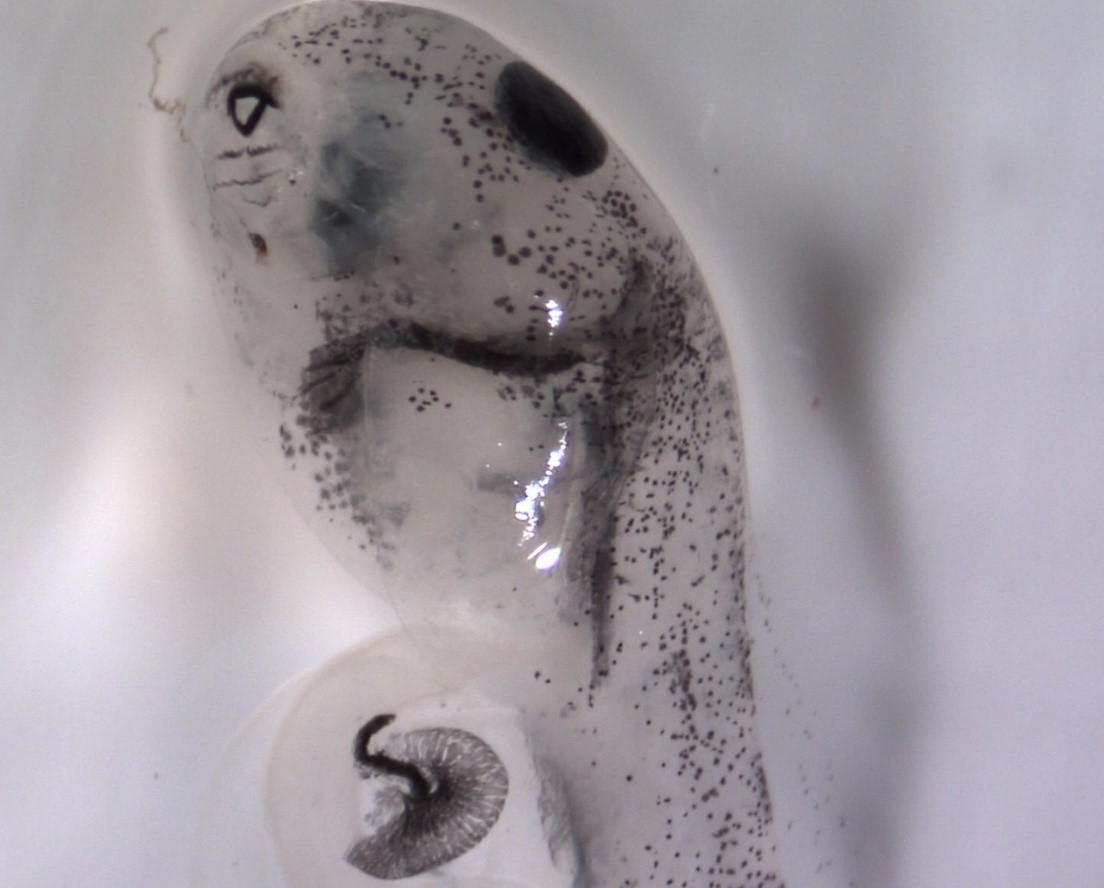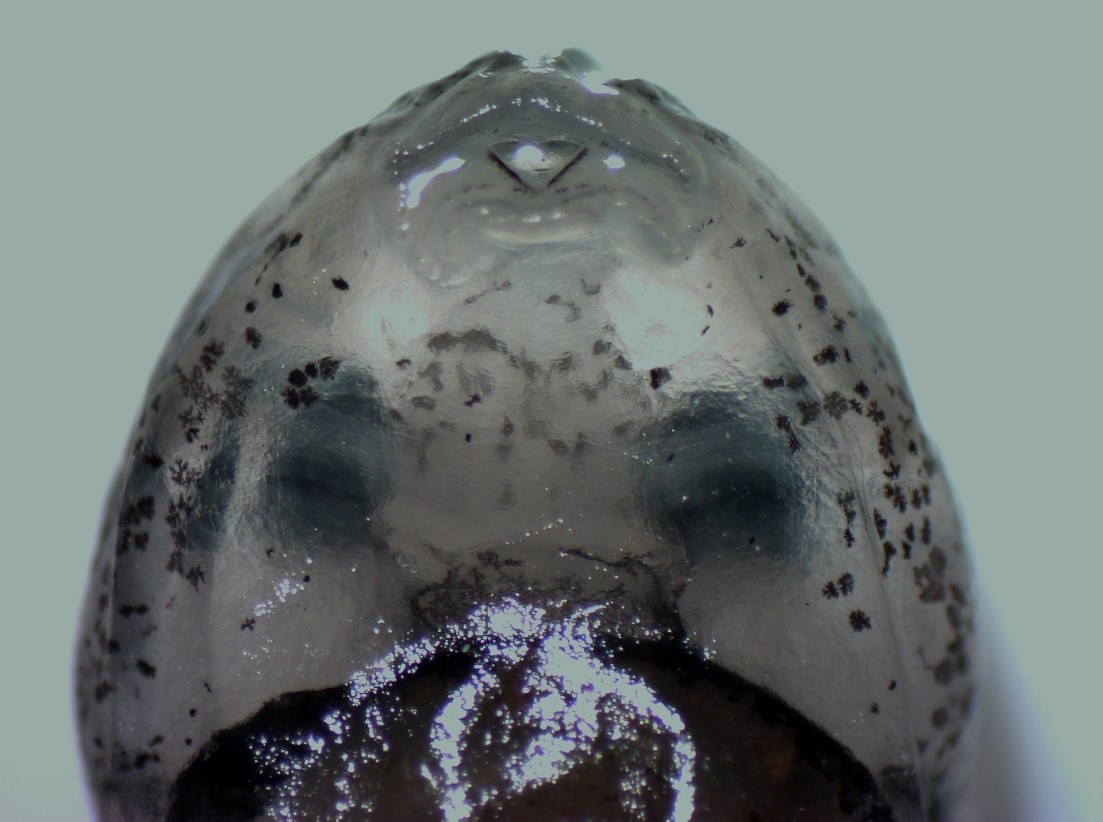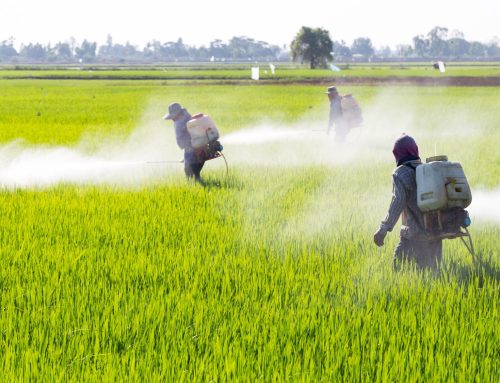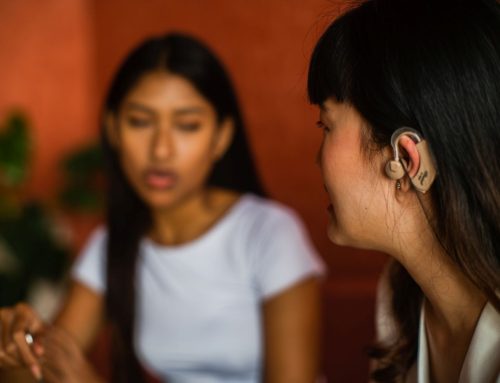By Aline Pompermaier & Marilia Hartmann, Laboratory of Ecology and Conservation, Federal University of Fronteira Sul
Our recent study published by Scientific Reports has found that glyphosate-based pesticides significantly affect the early life stages of amphibians.
Amphibians are experiencing a global population decline, with over a third of species threatened with extinction. Their highly permeable skin and aquatic-dependent early life stages make them excellent bioindicators of environmental quality and particularly vulnerable to toxic substances.
Amphibians play a crucial role in ecosystems, serving as prey for a variety of species, including birds, reptiles, mammals, and other amphibians. Any impact on their populations can disrupt entire food webs, with potentially serious consequences for the ecosystem.
According to the Brazilian Institute of the Environment (IBAMA) glyphosate has been the most widely-used herbicide in Brazil since 2009. We evaluated the effects of three environmentally relevant concentrations of a commercial formulation of glyphosate (Glyphosate-based herbicide or GBH) on embryos and hatchlings of the weeping frog Physalaemus gracilis, a species native to Brazil, Argentina, and Paraguay. We observed that 0.1 mg/L, 0.35 mg/L, and 0.7 mg/L of GBH were sufficient to impact the early life stages of the frog. These concentration levels have been detected in water and are within the permissible limit for human consumption in some countries, including Brazil where 0.5 mg/L of glyphosate is permitted in water.

Weeping frog Physalaemus gracilis hatchling with malformation in the intestine after exposure to glyphosate-based herbicide.
We found that hatchlings exposed to these concentrations did not flee from stimuli that imitated predators, were smaller in size and presented malformations of the mouth and intestines. They also had increased heart rates, which we call cardiotoxicity. When we analysed the biochemical biomarkers of these animals, they had increased acetylcholinesterase activity and oxidative stress.

Weeping frog Physalaemus gracilis hatchling with malformation in the mouth after exposure to glyphosate-based herbicide.
These findings underscore the urgency of assessing the effects of environmentally relevant concentrations of pesticides on non-target native species. They also highlight the need for a review of legislation on permitted levels of glyphosate. The observed concentrations, while deemed safe for human consumption, have severe implications for aquatic fauna and biodiversity at large. This study serves as a critical reminder of the widespread impact of pesticide contamination and the necessity for more research on its ecological consequences.





